

Articles
How To Store Basil From Grocery Store
Modified: August 20, 2024
Learn how to store basil properly from the grocery store and keep it fresh for longer. Follow these simple steps to preserve the flavor and aroma of your basil leaves.
(Many of the links in this article redirect to a specific reviewed product. Your purchase of these products through affiliate links helps to generate commission for Storables.com, at no extra cost. Learn more)
Introduction
Fresh herbs, such as basil, can add a burst of flavor and aroma to any dish. Whether you’ve picked up a bunch of fresh basil from the grocery store or have a flourishing basil plant in your garden, knowing how to store basil properly is essential to prolong its shelf life and preserve its flavor.
Basil is a popular herb that is widely used in various cuisines around the world. Its distinctive sweet and peppery flavor can enhance the taste of soups, salads, pasta dishes, and even cocktails. However, basil leaves are delicate and can quickly wilt or turn brown if not stored correctly.
In this article, we will explore different methods for storing basil from the grocery store to ensure that it stays fresh and vibrant for as long as possible. Whether you prefer water storage, the paper towel method, or freezing, we’ve got you covered.
Key Takeaways:
- Properly storing basil is essential for extended usability, cost savings, and flavor enhancement. Choose the right basil variety and storage method to enjoy its freshness in your favorite dishes.
- Whether using water storage, the paper towel method, or freezing, knowing how to store basil ensures extended shelf life and vibrant flavor. Handle basil gently, keep it dry, and use frozen basil in cooking for optimal results.
Read more: How To Store Basil From Garden
Why Store Fresh Basil?
Storing fresh basil properly is essential to maximize its shelf life and preserve its flavor. Here are a few reasons why it’s important to store fresh basil:
- Extended usability: Properly stored basil can last for several days, allowing you to use it in multiple recipes and enjoy its fresh taste.
- Cost savings: Buying fresh basil in bulk or from the grocery store can be more economical than purchasing small quantities each time you need it.
- Convenience: Having fresh basil readily available at home eliminates the need for frequent trips to the grocery store.
- Flavor enhancement: Freshly harvested basil has a more intense flavor compared to dried basil. Storing it properly ensures that its flavor and aroma are preserved.
- Garden surplus: If you have a basil plant in your garden, knowing how to store basil can help prevent wastage when the plant produces an abundance of leaves.
By taking the time to store fresh basil properly, you can enjoy its vibrant flavor and aroma in your favorite dishes for an extended period.
Choosing the Right Basil
When it comes to storing basil, choosing the right type of basil is crucial. There are several varieties of basil available, each with its own unique flavor profile and characteristics. Here are a few popular varieties of basil:
- Sweet Basil: This is the most common variety of basil with a sweet and slightly peppery flavor. It is often used in Italian cuisine and is great for making pesto.
- Thai Basil: Thai basil has a distinct anise-like flavor and is commonly used in Southeast Asian dishes. It adds a unique, aromatic taste to stir-fries, curries, and salads.
- Genovese Basil: Genovese basil is known for its intense aroma and robust flavor. It is a favorite among chefs for making classic Italian dishes like caprese salad and pasta sauces.
- Lemon Basil: As the name suggests, lemon basil has a refreshing citrusy aroma and flavor. It pairs well with fish, poultry, and desserts.
- Cinnamon Basil: Cinnamon basil has a spicy and fragrant aroma reminiscent of cinnamon. It is often used in teas, desserts, and fruit salads.
Choose the basil variety that best suits your culinary preferences and the recipes you plan to make. Keep in mind that different varieties may have slightly different storage requirements, so it’s important to select the appropriate type of basil for your intended storage method.
Once you’ve chosen the right basil, it’s time to learn how to store it properly to ensure its freshness and flavor are preserved.
Properly Storing Basil
To ensure that your basil stays fresh and flavorful for as long as possible, it’s essential to store it properly. There are different methods you can use depending on your preference and the length of time you plan to store the basil. Here are three popular methods for storing basil:
Method 1: Water Storage
Water storage is a simple and effective way to keep basil fresh for a short period.
Supplies Needed:
- A glass or container
- Water
Steps to Store Basil in Water:
- Trim the ends of the basil stems.
- Place the trimmed stems in a glass or container filled with about an inch of water.
- Place a plastic bag loosely over the basil leaves to create a greenhouse effect.
- Store the container in a cool spot away from direct sunlight.
Read more: How To Store Grocery Bags
Method 2: Paper Towel Method
The paper towel method is a great option if you want to store basil for a slightly longer period.
Supplies Needed:
- Ziplock bag or plastic container
- Large, damp paper towel
Steps to Store Basil Using Paper Towel:
- Trim the basil stems, if necessary.
- Dampen a large paper towel and wring out any excess moisture.
- Wrap the basil leaves gently in the damp paper towel.
- Place the wrapped basil in a ziplock bag or plastic container.
- Seal the bag or container and store it in the refrigerator.
Method 3: Freezing Basil
If you want to store basil for an extended period, freezing is the best option.
Supplies Needed:
- Freezer-safe container or ziplock bags
- Extra virgin olive oil (optional)
Steps to Freeze Basil:
- Blanch the basil leaves in boiling water for a few seconds, then transfer them to an ice bath to stop the cooking process.
- Gently pat the blanched basil leaves dry with a paper towel.
- Place the leaves in a freezer-safe container or ziplock bag. You can also drizzle a little olive oil between the layers of basil leaves.
- Seal the container or bag tightly and place it in the freezer.
Choose the method that works best for you and enjoy fresh basil whenever you need it by using the appropriate storage technique.
Method 1: Water Storage
Water storage is a simple and effective method for keeping fresh basil vibrant and green for a short period of time. This method involves placing the basil stems in water to maintain their moisture and preserve their freshness. Here’s how you can store basil using the water storage method:
Supplies Needed:
- A glass or container
- Water
Read more: How To Store Reusable Grocery Bags
Steps to Store Basil in Water:
- Start by trimming the ends of the basil stems. This will help the basil absorb water more effectively.
- Fill a glass or container with about an inch of water. Make sure the container is wide enough to accommodate the basil stems without overcrowding.
- Place the trimmed basil stems in the glass or container, ensuring that the cut ends are submerged in water.
- If you have a large bunch of basil, you may need to use multiple containers or glasses to prevent overcrowding.
- Loosely cover the basil leaves with a plastic bag to create a greenhouse effect. This helps to retain moisture and maintain the freshness of the leaves.
- Store the container in a cool spot away from direct sunlight. A countertop or refrigerator shelf works well for this purpose.
- Check the water level regularly and replenish it if necessary. Make sure to change the water every couple of days to prevent bacterial growth.
- When you’re ready to use the basil, simply remove the desired amount of leaves from the stems and give them a quick rinse to remove any excess water.
The water storage method is ideal for storing basil for up to a week. It helps to keep the basil hydrated, ensuring that the leaves remain fresh, vibrant, and ready to use in your favorite recipes.
Supplies Needed – Method 1: Water Storage
To store basil using the water storage method, you’ll need a few essential supplies. Here’s what you’ll need:
- Glass or Container: Choose a glass or container that is tall enough to accommodate the length of the basil stems and wide enough to prevent overcrowding. A mason jar or a water glass with a narrow opening works well for this purpose.
- Water: Use fresh, clean water to fill the glass or container. Filtered water is preferable, but tap water will also work as long as it’s safe for consumption.
These supplies are readily available and easy to find. Ensure that the glass or container is clean before using it to store the basil. You can wash it with warm soapy water and rinse it thoroughly to get rid of any impurities.
Once you have these supplies, you’re ready to store your basil using the water storage method. It’s a simple and effective way to keep your basil fresh, vibrant, and ready for use in your culinary adventures.
Steps to Store Basil in Water – Method 1: Water Storage
Storing basil in water is a straightforward process that helps to keep the herb fresh and vibrant. Follow these simple steps to store basil in water:
- Step 1: Trim the Ends: Start by trimming the ends of the basil stems. Use a sharp pair of kitchen scissors or a knife to make a clean cut. This step helps the basil absorb water more efficiently.
- Step 2: Fill a Glass or Container: Take a glass or container and fill it with about an inch of fresh, clean water. Make sure the glass or container is wide enough to accommodate the basil stems without overcrowding.
- Step 3: Place the Basil Stems: Gently place the trimmed basil stems into the glass or container, ensuring that the cut ends are submerged in the water. If you have a large bunch of basil, you may need to use multiple glasses or containers to prevent overcrowding.
- Step 4: Cover with a Plastic Bag: Loosely cover the basil leaves with a plastic bag. This creates a greenhouse effect and helps retain moisture, keeping the basil fresh for a longer time. Make sure the bag is large enough to cover the basil leaves without touching them directly.
- Step 5: Store in a Cool Spot: Place the glass or container in a cool spot away from direct sunlight. A countertop or refrigerator shelf works well for this purpose. Avoid exposing the basil to extreme temperatures as it can cause damage to the leaves.
- Step 6: Check and Refresh Water: Regularly check the water level in the glass or container. If the water becomes cloudy or starts to develop an unpleasant odor, it’s time to change it. Ideally, change the water every couple of days to prevent bacterial growth.
- Step 7: Remove and Rinse: When you’re ready to use the basil, simply remove the desired amount of leaves from the stems. Give them a quick rinse under cool running water to remove any excess water or impurities.
By following these steps, you can easily store basil in water and enjoy its freshness for up to a week. This method ensures that the basil stays hydrated and ready to enhance the flavors of your favorite dishes.
Method 2: Paper Towel Method
The paper towel method is an effective way to store basil for a slightly longer period compared to water storage. This method helps to absorb excess moisture and keep the basil leaves fresh. Here’s how you can store basil using the paper towel method:
Supplies Needed:
- Ziplock bag or Plastic Container: Choose a ziplock bag or plastic container that is large enough to accommodate the basil leaves without overcrowding. The container should have a tight-sealing lid to maintain optimal freshness.
- Large, Damp Paper Towel: Prepare a large paper towel and dampen it with water. Make sure it’s evenly moist but not soaking wet. Excess moisture can lead to the basil leaves becoming slimy.
Steps to Store Basil Using the Paper Towel Method:
- Step 1: Trim the Stems, If Necessary: Start by trimming the basil stems, if required. Remove any wilted or discolored leaves, as they can affect the overall freshness of the basil.
- Step 2: Dampen the Paper Towel: Take the large paper towel and dampen it with water. Wring out any excess moisture, ensuring that the paper towel is evenly moist throughout.
- Step 3: Wrap the Basil Leaves: Gently wrap the basil leaves with the damp paper towel. Make sure all the leaves are covered but not tightly packed. The paper towel helps to absorb excess moisture and prevent the basil from wilting.
- Step 4: Place in a Bag or Container: Transfer the wrapped basil leaves to a ziplock bag or plastic container. Ensure that the bag or container is clean and has a tight-sealing lid to maintain freshness.
- Step 5: Seal and Store: Seal the bag or container tightly to create a moist environment for the basil leaves. Place it in the refrigerator to keep the basil cool and prolong its shelf life.
- Step 6: Check and Refresh the Paper Towel: Periodically check the paper towel for moisture. If it becomes too damp or starts to develop a foul smell, replace it with a fresh, damp paper towel.
- Step 7: Use as Needed: When you’re ready to use the basil, simply remove the desired amount of leaves from the paper towel. Give them a quick rinse under cool running water to remove any moisture or residue.
By utilizing the paper towel method, you can extend the shelf life of your basil and ensure that it remains fresh and ready to elevate the flavors of your dishes.
Supplies Needed – Method 2: Paper Towel Method
To store basil using the paper towel method, you’ll need a few essential supplies. Here’s what you’ll need:
- Ziplock Bag or Plastic Container: Choose a ziplock bag or plastic container that is large enough to accommodate the basil leaves without crowding them. Ensure that the container has a tight-sealing lid to maintain optimal freshness and prevent the basil from drying out.
- Large, Damp Paper Towel: Prepare a large paper towel and dampen it with water. It should be evenly moist, but not dripping wet. Excess moisture can cause the basil leaves to become slimy.
These supplies are easily accessible and can be found in most households or grocery stores. It’s important to use clean containers and fresh paper towels to ensure the basil stays fresh.
With these supplies on hand, you’re ready to store your basil using the paper towel method. It’s a simple and effective technique that helps preserve the freshness and flavor of the basil for an extended period.
Steps to Store Basil Using Paper Towel – Method 2: Paper Towel Method
The paper towel method is an easy and effective way to store basil and keep it fresh for a longer period compared to other methods. Follow these steps to store basil using the paper towel method:
- Step 1: Trim the Stems, If Necessary: Start by checking the basil stems for any wilted or discolored leaves. Trim off any damaged parts using clean kitchen scissors or a sharp knife. Removing these leaves helps maintain the overall freshness of the basil.
- Step 2: Dampen the Paper Towel: Take a large paper towel and dampen it with water. Make sure to evenly moisten the entire towel, but avoid oversaturating it. Excess moisture can lead to the basil leaves becoming slimy.
- Step 3: Wrap the Basil Leaves: Gently wrap the basil leaves with the damp paper towel. Ensure that all the leaves are covered by the paper towel, but avoid tightly packing them. The paper towel helps absorb excess moisture and prevents the basil from wilting.
- Step 4: Place in a Bag or Container: Transfer the wrapped basil leaves to a ziplock bag or a plastic container. Choose a container that is large enough to accommodate the basil without crushing or overcrowding the leaves. Opt for a container with a tight-sealing lid to maintain freshness.
- Step 5: Seal and Store: Seal the bag or container tightly to create a moist environment for the basil leaves. This helps to retain their freshness and flavor. Place the bag or container in the refrigerator to keep the basil cool and extend its shelf life.
- Step 6: Check and Refresh the Paper Towel: Periodically check the paper towel for moisture. If it becomes too damp or starts to develop a foul smell, replace it with a fresh, damp paper towel. This ensures that the basil stays in optimal condition.
- Step 7: Use as Needed: When you’re ready to use the basil, remove the desired amount of leaves from the paper towel. Give them a quick rinse under cool running water to remove any residual moisture or residue. Your basil is now ready to enhance the flavors of your dishes!
By following these simple steps, you can store basil using the paper towel method. This technique helps to keep the basil fresh and flavorful, allowing you to enjoy its aromatic taste in your favorite recipes for an extended period.
Read more: How To Store Thai Basil
Method 3: Freezing Basil
Freezing basil is a great method for preserving its freshness and flavor for an extended period. This method allows you to have basil available for use even when it’s out of season. Here’s how you can freeze basil:
Supplies Needed:
- Freezer-safe container or Ziplock bags: Choose a container or ziplock bags that are suitable for freezing. Ensure that they are airtight and can withstand low temperatures without compromising the quality of the basil.
- Extra virgin olive oil (optional): Olive oil can help protect the texture and flavor of the basil when freezing. It’s optional, but it can be beneficial for certain recipes.
Steps to Freeze Basil:
- Step 1: Blanch the Basil Leaves: Begin by blanching the basil leaves to help retain their vibrant green color and fresh flavor. Bring a pot of water to a boil and prepare an ice bath in a separate bowl.
- Step 2: Submerge in Boiling Water: Submerge the basil leaves in the boiling water for about 2-3 seconds. This blanching process helps to halt the enzyme activity that causes the basil to spoil.
- Step 3: Transfer to an Ice Bath: Immediately transfer the blanched basil leaves to the ice bath to cool them down rapidly. This stops the cooking process and helps preserve their vibrant color.
- Step 4: Pat Dry: Gently pat the blanched basil leaves dry using a clean kitchen towel or paper towels. Remove any excess moisture to prevent ice crystals from forming during freezing.
- Step 5: Place in Freezer-safe Container or Bags: Arrange the dried basil leaves in a single layer in a freezer-safe container or divide them into portioned amounts and place them in ziplock bags. If desired, drizzle a little extra virgin olive oil between the layers to help preserve the basil’s flavor.
- Step 6: Seal and Label: Seal the container or ziplock bags tightly, removing any excess air. Label them with the date to keep track of their freshness.
- Step 7: Freeze: Place the sealed container or bags in the freezer and lay them flat to optimize storage space. Allow the basil to freeze completely for a few hours or overnight.
- Step 8: Use as Needed: When you need basil, simply remove the desired amount from the freezer and add it directly to your recipe. Frozen basil works well in cooked dishes, soups, sauces, and pesto.
By following these steps, you can freeze basil and enjoy its fresh flavor even when it’s not in season. Freezing basil allows you to have this versatile herb readily available for various culinary creations.
Supplies Needed – Method 3: Freezing Basil
To freeze basil, you’ll need a few essential supplies. Here’s what you’ll need:
- Freezer-safe container or Ziplock bags: Choose a container or ziplock bags that are suitable for freezing. Make sure they are airtight and can withstand the low temperatures of the freezer without compromising the quality of the basil.
- Extra virgin olive oil (optional): Olive oil can be used to help preserve the texture and flavor of the basil when freezing. It’s an optional supply, but it can provide additional protection for the basil.
These supplies are easily accessible and can be found in most households or grocery stores. It’s important to choose freezer-safe containers or ziplock bags that provide a good seal to prevent freezer burn and maintain the quality of the basil.
With these supplies on hand, you’re ready to freeze your basil and have it readily available for future use. Freezing basil is a convenient way to preserve its freshness and enjoy its flavor even when it’s not in season.
To store basil from the grocery store, trim the stems and place in a glass of water on the counter. Cover with a plastic bag and change the water every few days. This will keep the basil fresh for up to a week.
Read more: How To Store Basil Pesto
Steps to Freeze Basil – Method 3: Freezing Basil
Freezing basil is a simple process that helps preserve its freshness and flavor for an extended period. Follow these steps to freeze basil:
- Step 1: Blanch the Basil Leaves: Start by blanching the basil leaves. Bring a pot of water to a boil and prepare an ice bath in a separate bowl. Blanching helps retain the vibrant green color and fresh flavor of the basil.
- Step 2: Submerge in Boiling Water: Submerge the basil leaves in the boiling water for about 2-3 seconds. This quick blanching process helps halt the enzyme activity that causes the basil to spoil.
- Step 3: Transfer to an Ice Bath: Immediately transfer the blanched basil leaves to the ice bath to cool them down rapidly. The ice bath ensures that the cooking process is stopped and helps preserve the basil’s vibrant color.
- Step 4: Pat Dry: Gently pat the blanched basil leaves dry using a clean kitchen towel or paper towels. Removing excess moisture helps prevent ice crystals from forming when freezing.
- Step 5: Place in Freezer-Safe Container or Bags: Arrange the dried basil leaves in a single layer in a freezer-safe container. Alternatively, divide them into portioned amounts and place them in individual ziplock bags. If desired, drizzle a little extra virgin olive oil between the layers to help preserve the flavor of the basil.
- Step 6: Seal and Label: Seal the freezer-safe container or ziplock bags tightly, removing any excess air to prevent freezer burn. Label them with the date to keep track of their freshness.
- Step 7: Freeze: Place the sealed container or bags in the freezer and ensure they are placed flat to optimize storage space. Allow the basil to freeze completely for a few hours or overnight.
- Step 8: Use as Needed: When you need basil, simply remove the desired amount from the freezer and add it directly to your recipes. Frozen basil works well in cooked dishes, soups, sauces, and even homemade pesto.
By following these easy steps, you can freeze basil and have it readily available whenever you need it. Freezing basil preserves its flavor and freshness, allowing you to enjoy the taste of this versatile herb even when it’s not in season.
Tips for Extending Basil’s Shelf Life
To maximize the shelf life of basil and keep it fresh for as long as possible, consider these helpful tips:
- Store Basil Properly: Use one of the mentioned storage methods, such as water storage, the paper towel method, or freezing, to keep basil fresh and flavorful.
- Handle Basil Gently: Basil leaves are delicate, so handle them with care to avoid bruising or damaging them, which can accelerate spoilage.
- Trim the Stems: Before storing basil, trim the ends of the stems. This helps the basil absorb water or maintain its freshness better.
- Remove Damaged Leaves: Regularly inspect the basil leaves for any signs of damage, such as wilting or discoloration. Remove any damaged leaves to prevent them from affecting the overall freshness of the basil.
- Keep Basil Dry: It’s important to keep basil dry to prevent moisture build-up, which can lead to wilting and mold growth. Avoid washing basil until you’re ready to use it.
- Refrigerate Properly: If storing basil in the refrigerator, place it in the crisper drawer or wrap it loosely in a dry paper towel and seal it in a plastic bag. This helps maintain a cool, slightly humid environment.
- Use Air-Tight Containers: When storing basil in the refrigerator or freezer, use air-tight containers or ziplock bags to prevent air exposure, which can cause the leaves to lose their freshness and flavor.
- Don’t Wash Until Ready to Use: It’s best to avoid washing basil until you’re ready to use it. Washing can accelerate the spoilage process.
- Plan Ahead: If you know you won’t be able to use all your basil before it starts to wilt, consider preserving it through freezing or making homemade basil-infused oils or pesto.
- Use Frozen Basil in Cooking: Frozen basil is ideal for cooking, as it will lose some of its texture after freezing. Add it directly to your recipes without thawing for added convenience.
By following these tips, you can extend the shelf life of your basil and enjoy its fresh flavor and aroma in your culinary creations for an extended period of time.
Conclusion
Knowing how to properly store basil from the grocery store or your garden is essential for keeping it fresh and flavorful. Whether you choose the water storage method, the paper towel method, or freezing, each method offers its own benefits for prolonging the shelf life of basil.
The water storage method is simple and effective, allowing you to keep basil vibrant and hydrated for a short period. The paper towel method offers slightly longer storage by absorbing excess moisture and preventing wilting. Freezing basil is the best option for long-term storage, preserving the basil’s flavor and allowing you to enjoy it even when it’s out of season.
Remember to choose the right type of basil for your storage method, whether it’s the popular sweet basil, Thai basil, Genovese basil, lemon basil, or cinnamon basil. Each variety brings its own unique flavors and characteristics to your dishes.
By following the proper techniques and tips for storing basil, such as handling it gently, trimming the stems, removing damaged leaves, and keeping it dry, you can extend its shelf life and enjoy its fresh taste whenever you need it. Additionally, consider planning ahead and using frozen basil in your cooking for added convenience.
So the next time you have fresh basil on hand, whether from the grocery store or your garden, you can confidently store it using the appropriate method and have it enhance the flavors of your favorite recipes for an extended period of time.
Frequently Asked Questions about How To Store Basil From Grocery Store
Was this page helpful?
At Storables.com, we guarantee accurate and reliable information. Our content, validated by Expert Board Contributors, is crafted following stringent Editorial Policies. We're committed to providing you with well-researched, expert-backed insights for all your informational needs.
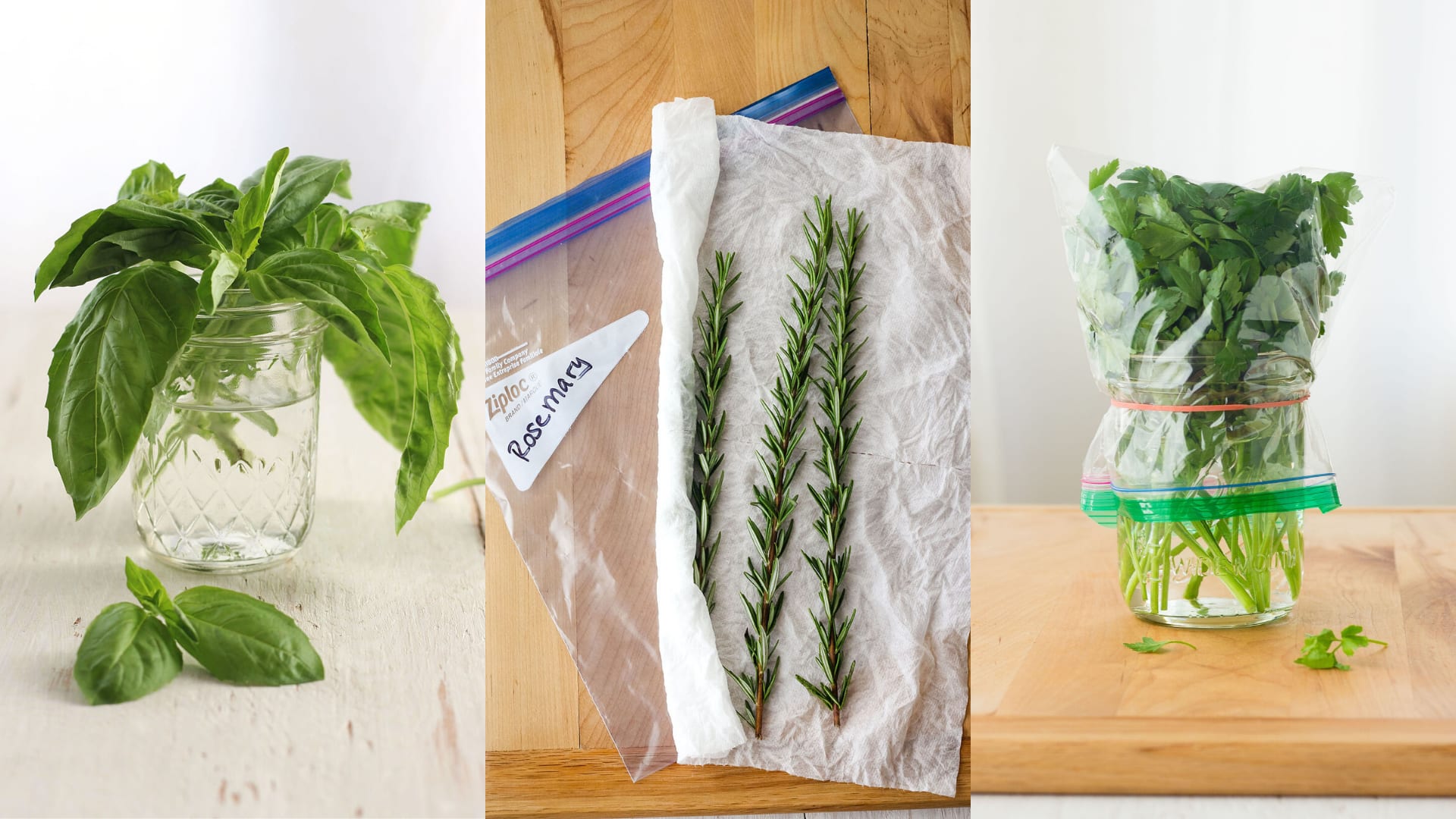

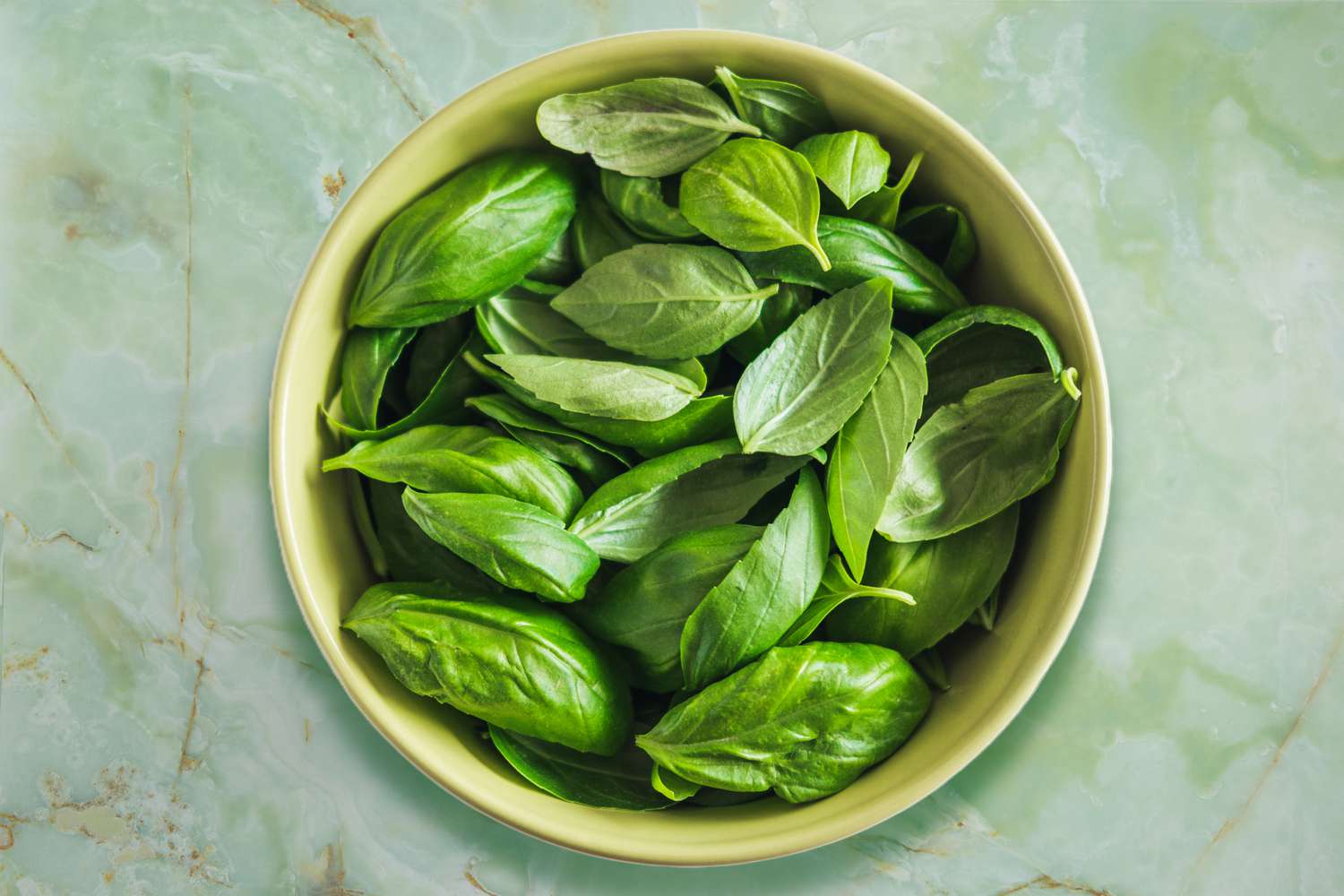
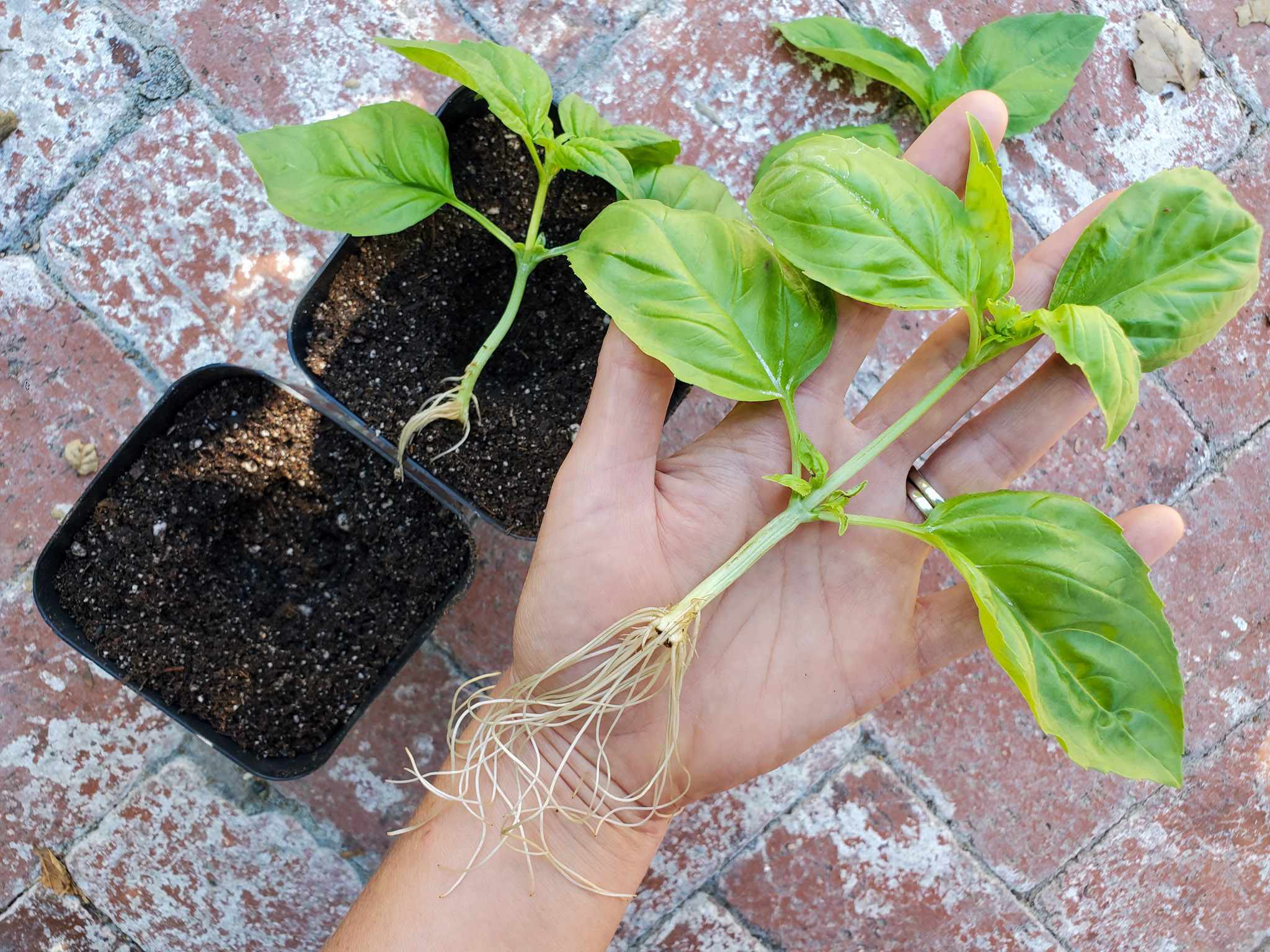
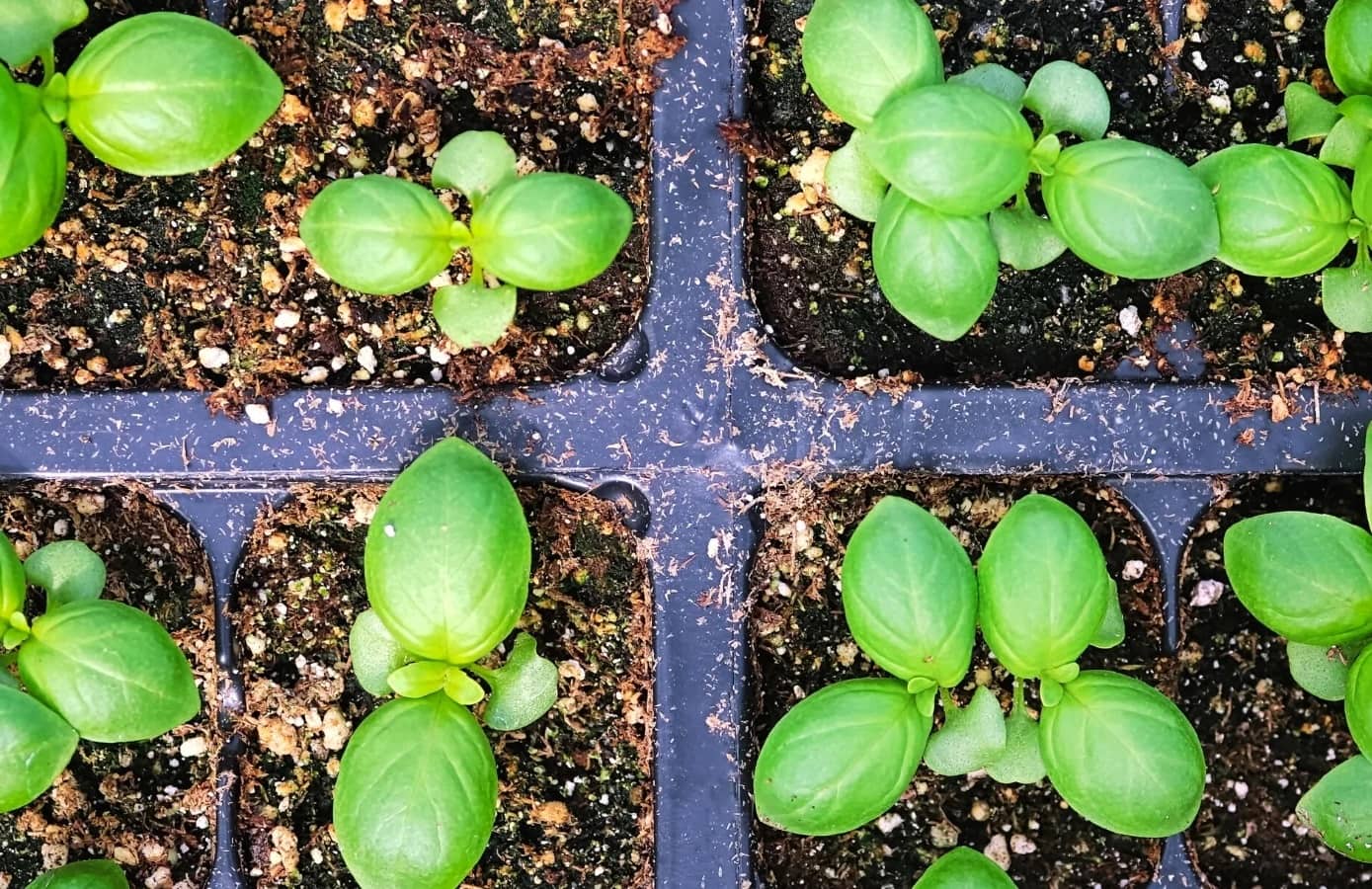

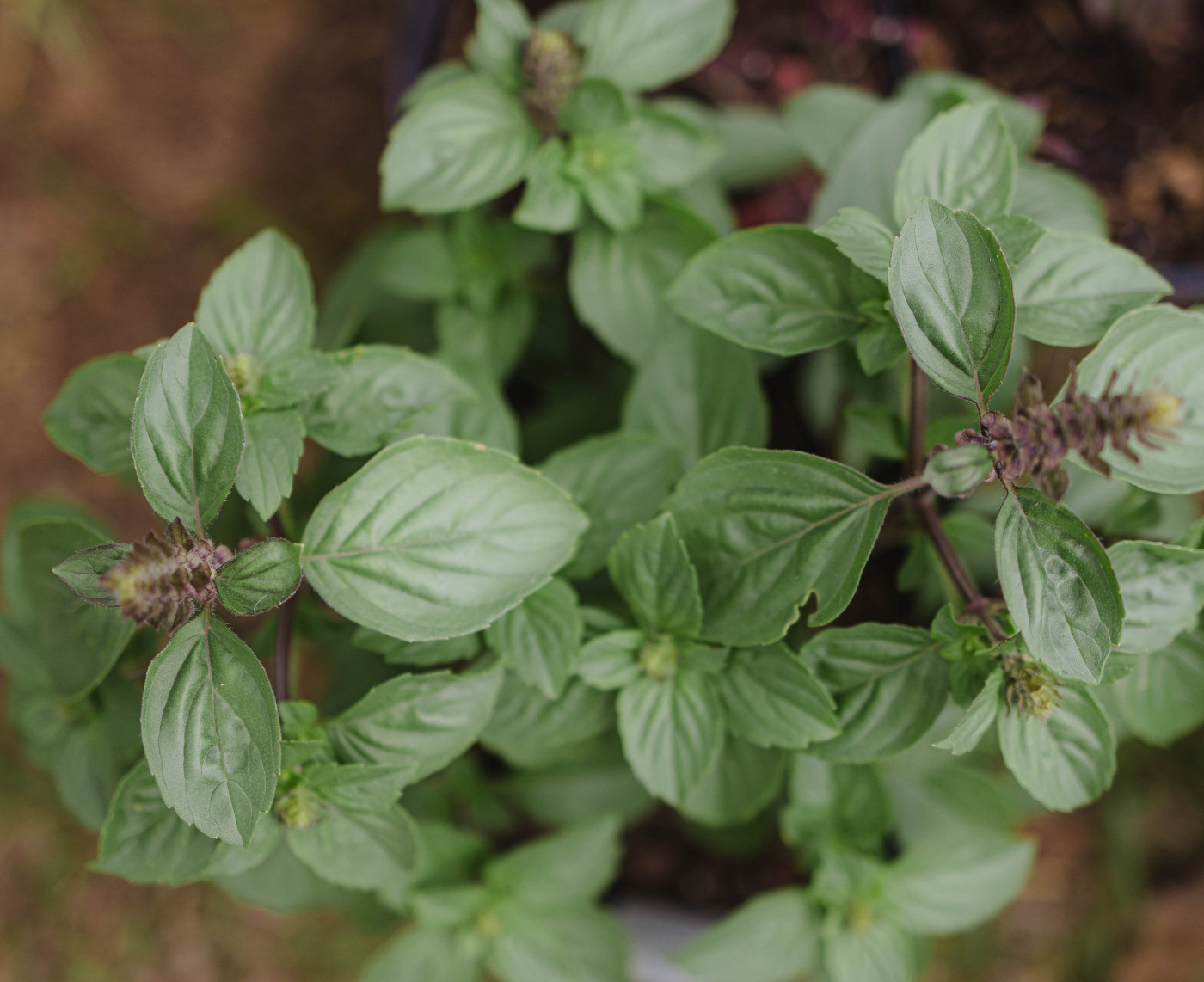
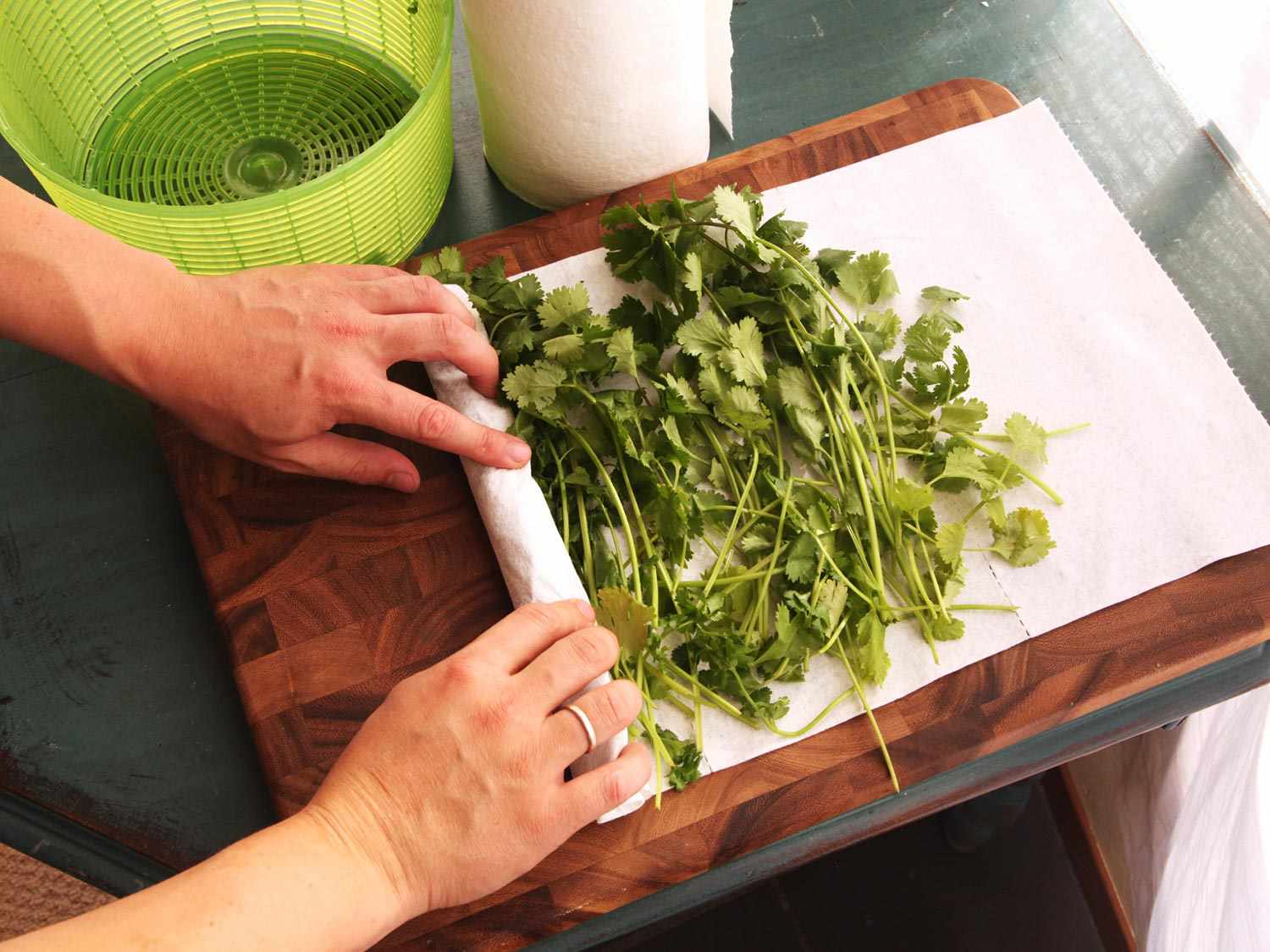
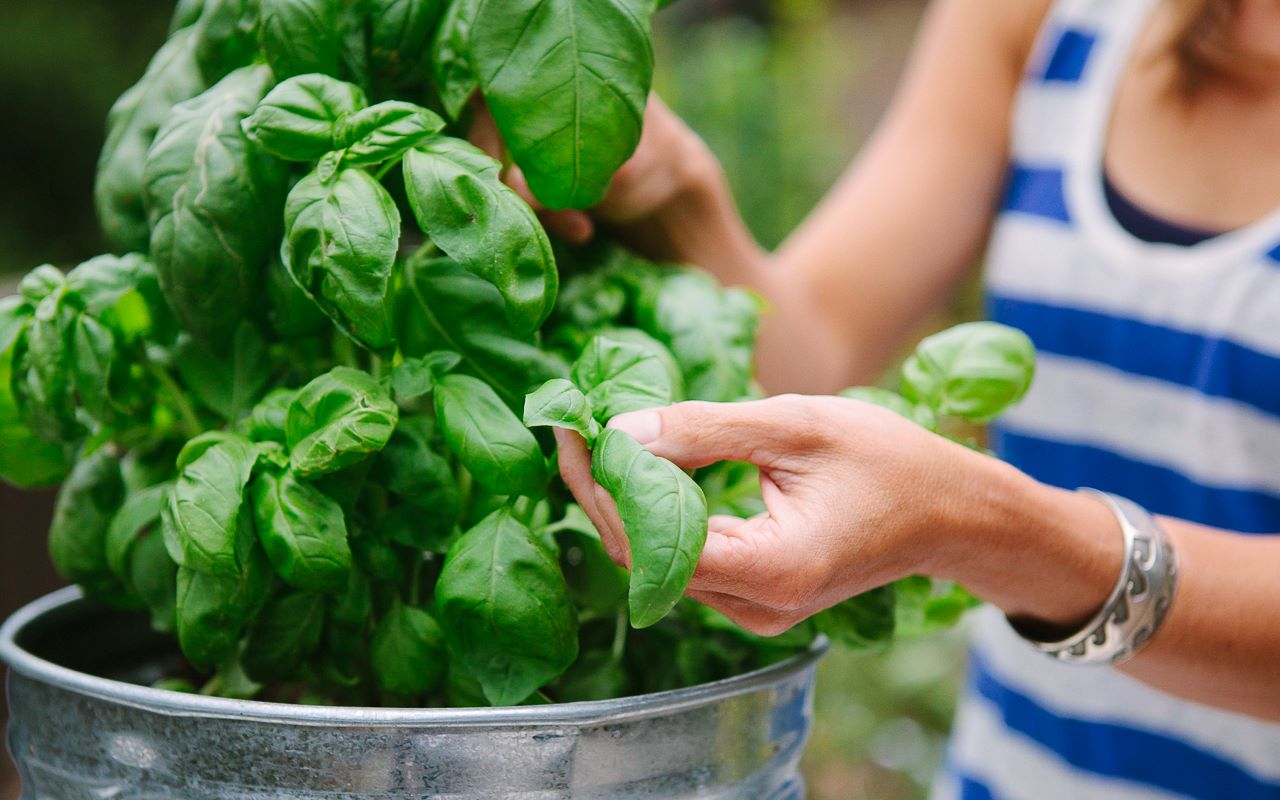
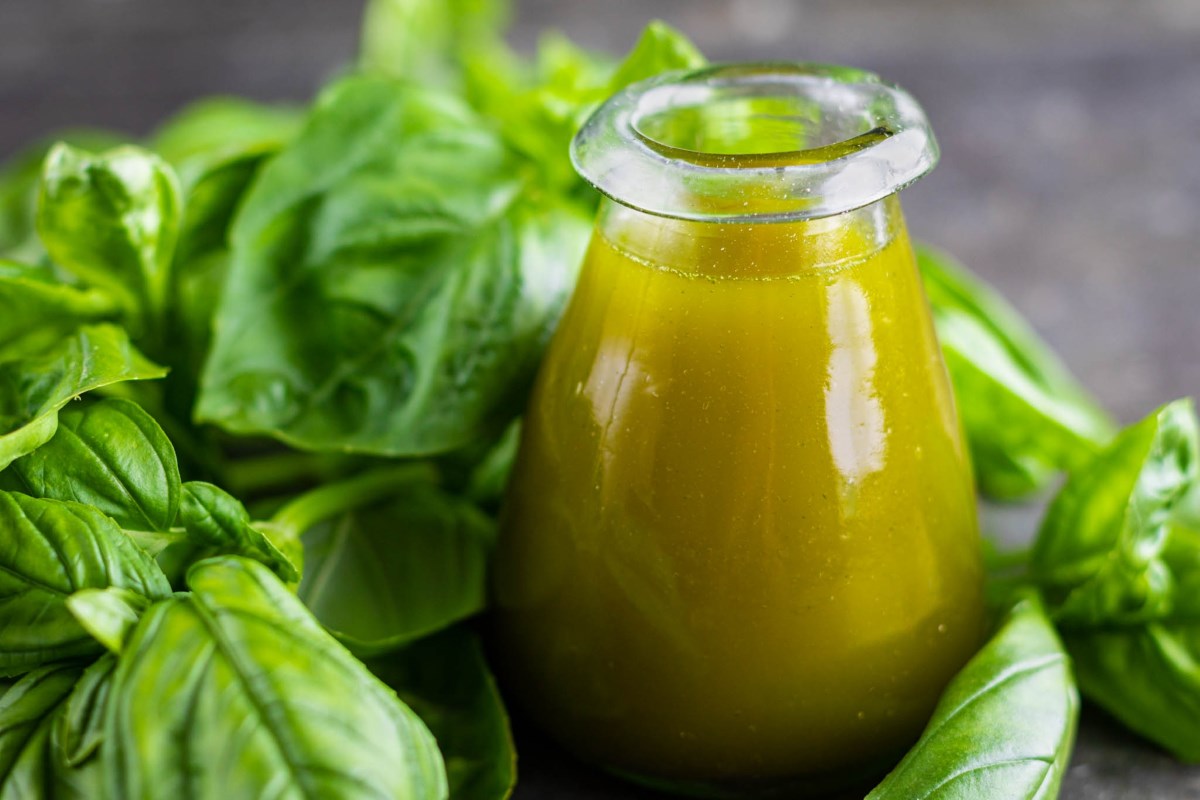

0 thoughts on “How To Store Basil From Grocery Store”